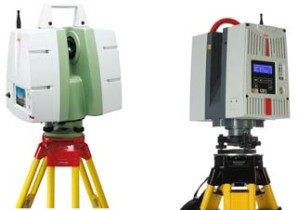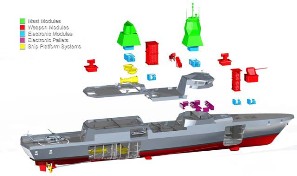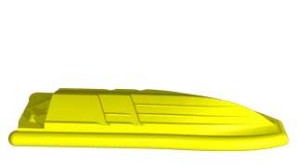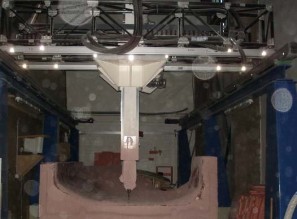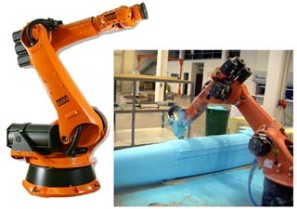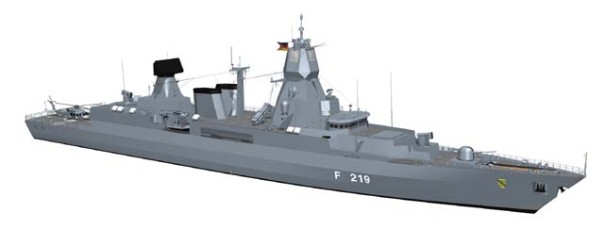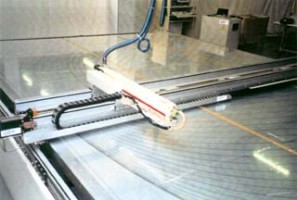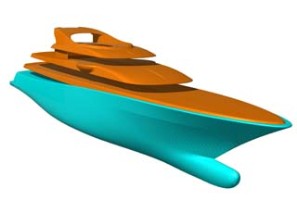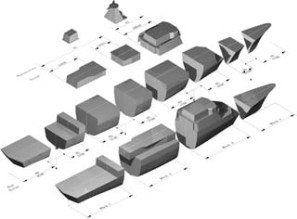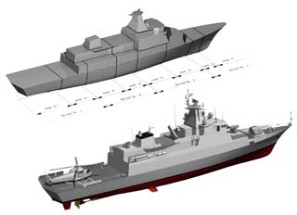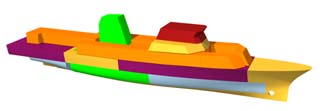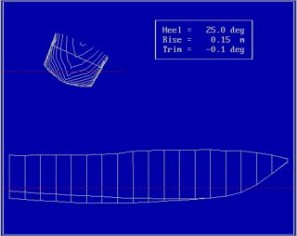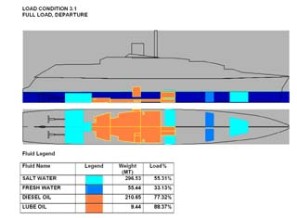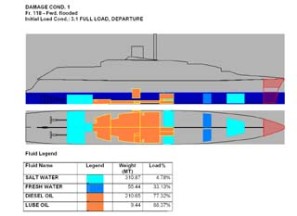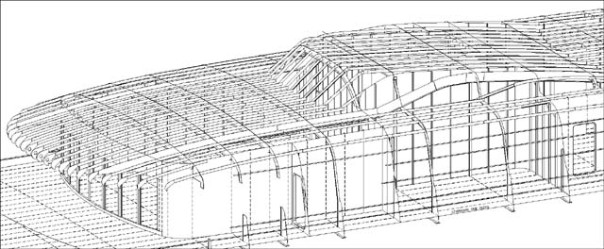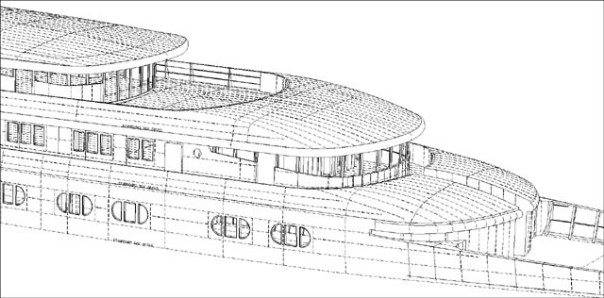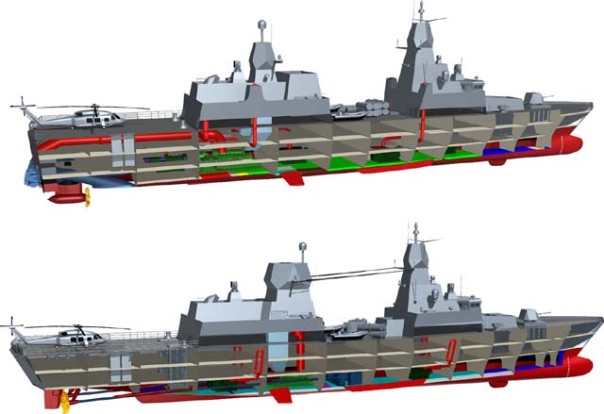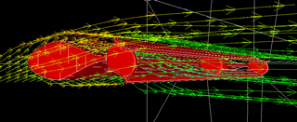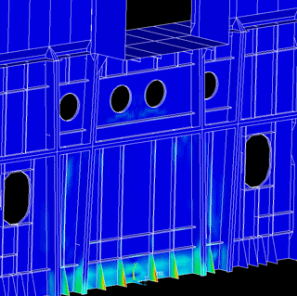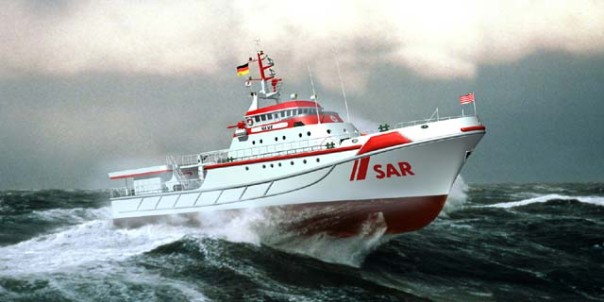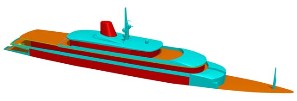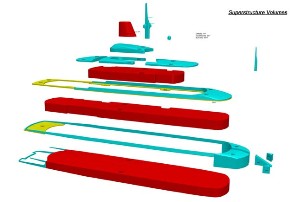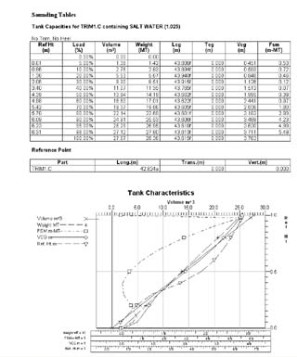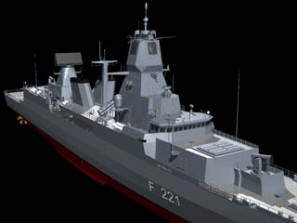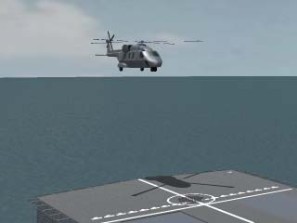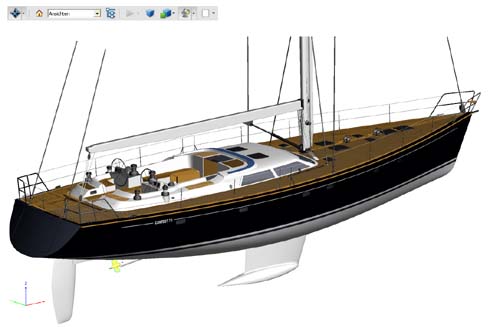Naval Virtual Prototyping
What We Do
Virtual Prototyping is an excellent tool to analyse your complex product in advance to avoid misunderstandings during development and construction.
A lot of calculations and predictions can be made, based on one 3D CAD model.
Reverse Engineering
We scan "As Build" exterior and interior of vessels with Leica ScanStation C10 or Leica HDS6100 3D Laser Scanner.
There could be varios motivation like e.g. product analysis, compensate lost of documentation, digital update, interoperability between parts or systems, auditing, military or commercial espionage or competitive technical intelligence.
Exploded Views
It shows the components of an object slightly separated by distance, or suspended in surrounding space in the case of a three-dimensional exploded diagram. An object is represented as if there had been a small controlled explosion emanating from the middle of the object, causing the object's parts to be separated an equal distance away from their original locations.
Milling Models
CNC milling machines avoid spending hundreds of man hour producing and fairing moulds. Today it is common to produce immediately, without a positive, the negative mould for GRP/CFRP series boat production.
Renderings
Architectural 3D models are to the right measurement, proportion and even use real life textures, materials, colour and finishes. You obviously see if the overall design fits to your initial ideas. Any perspective and illumination can be checked easily.
Hull Lines
Accurate and fast 1:1 plot of the sections on Mylar film instead of hand made on mould loft floor.
Superstructure Lines
Fairing of the geometry of superstructure forms is a principal design requirement of the yacht design process. The fairness of the form will be required to improve surface finish and producibility characteristics.
Coordination
is the check if different parts are fit and work together for a goal.
Here checking the dimension of blocks and sections.
Compartmentation
Calculating volumes and their centres of different compartments is needed for a lot of purposes in shipbuilding.
Hydrostatics
Once you have the hull shape in the computer and an idea of the centre of gravity you can do quite fast the initial calculation to check your design.
Intact Stability
Intact stability calculations are relatively straightforward and involve taking all the centres of mass of objects on the vessel and the centre of buoyancy of the hull. Tank arrangements, loading and the design sea states are taken into account.
Damage Stability
Damaged stability calculations are much more complicated than intact stability.
The loss of stability from flooding may be due in part to the free surface effect. Water accumulating in the hull usually drains to the bilges, lowering the centre of gravity and actually increasing the metacentric height. This assumes the ship remains completely stationary and upright. However, once the ship is inclined to any degree, the fluid in the bilge moves to the low side. This results in a list.
Nesting
Companies manufacturing parts from flat raw material such as sheet metal use a variety of technologies to perform this task.
The sheet metal nesting for flat sheets and nesting for coils are different algorithms.
Material may be cut using off-line blanking dies, lasers, plasma, punches, shear blades, ultrasonic knives and even water jet cutters.
Schematic Illustrations
Schematics are used extensively in specifications to help readers understand the position of parts and to get an impression over complex relations.
Computer Fluid Dynamics, CFD
The 3D CAD Model can be used as a basis for CFD Models
Finite Element Method, FEM
The 3D CAD Model can be used as a basis for FEM Models
Photomontages
These emotional pictures can influence the subconscious mind and so you may come closer to a positive decision for your intention.
Tonnage Calculations
Gross Tonnage (GT) is a function of the volume of all ship's enclosed spaces (from keel to funnel) measured to the outside of the hull framing. The numerical value for a ship's GT is always smaller than the numerical values for both her gross register tonnage and the GRT value expressed equivalently in cubic meters rather than cubic feet
Tonnage measurements are now governed by an IMO Convention (International Convention on Tonnage Measurement of Ships, 1969 (London-Rules)), which applies to all ships built after July 1982. In accordance with the Convention, the correct term to use now is GT, which is a function of the moulded volume of all enclosed spaces of the ship.
Tank Sounding Tables
Tank sounding tables are included in the stabbility calculations, so you get the tables more or lss as a by-product.
Animations
The process or method of producing a virtual computer graphics usually for imaging for exclusively referring to industries in gaming, entertainment, multimedia arts and some Applied Fields of Studies such as CAD. On rare occasions it sometimes can be use for Abstract Fields of studies such as producing a video for a conference presentation.
Simulations attention 6 MB
Computer simulation has become a useful part of modeling many natural systems in physics and human systems in economics and social science as well as in engineering to gain insight into the operation of those systems.
Virtual Reality attention 6 MB
The operator decides how to interact with the three dimensional model in real time (Adobe Reader 9 required).
